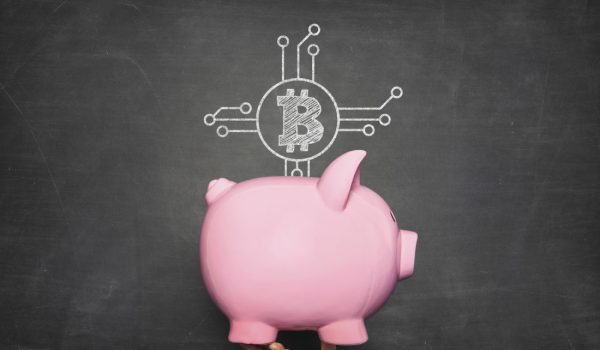The traditional ATM is a truly ubiquitous part of our culture. Although the first American ATM was not installed until the fall of 1969 in New York City, most Americans, regardless of geography, probably cannot imagine life without the ease and convenience they provide. And this story is now likely to be repeated with Bitcoin ATMs.
What are Bitcoin ATMs?
Bitcoin ATMs are similar in form to the traditional ATM. In both, a user interacts with a kiosk or other device containing computer functionality to authenticate oneself and conduct a financial transaction.
In the case of the traditional ATM, the financial transaction typically involves the withdrawal or deposit of funds to a linked account. With most Bitcoin ATMs, a user is permitted to exchange cash for Bitcoin tokens.[1] And some permit the exchange of Bitcoin tokens for cash.
How are Bitcoin ATMs different from Traditional ATMs?
While both types of kiosks might look similar on the outside, there are fundamental differences inside, and as to their functionality.
Everyone knows that a traditional ATM is usually linked to one or more accounts held at a financial institution. But the Bitcoin ATM’s interface is with the internet or a Bitcoin exchange, and also the user’s own virtual “wallet.”
For the purchasing of Bitcoin tokens through a Bitcoin ATM, the user deposits cash (via paper currency) and Bitcoins are transferred to the user’s Bitcoin “wallet”. The wallet can be on the user’s phone or can be a printed piece of paper with a wallet address, and most often the user’s wallet’s QR code is required.
Where the Bitcoin ATM allows for the sale of Bitcoin tokens, after the user successfully deposits Bitcoin tokens to the Bitcoin ATM’s wallet, funds are either dispensed.
Further, traditional ATMs capture different user identity information (card number, PIN number, etc.) and a record is created in the form of a receipt and account statement entry. In contrast, the authentication required by the Bitcoin ATM of the user will vary depending upon the Bitcoin ATM’s protocol.
What is the User’s Experience Like for Bitcoin ATMs?
Things typically begin with the user identifying himself or herself.
Many Bitcoin ATM operators establish ID protocol based on the user’s mobile phone number or their driver’s license, and specifically, the bar code found therein. Depending on the Bitcoin ATM’s operator’s compliance procedures, and even the location where the machine is placed, the user may be required to submit additional information pertaining to their identity, and how the funds were acquired.
Other ID methods exist, and more are in the planning stages. The basic goal of the process, however, is to ensure that the operator knows who is at the kiosk and that financial and consumer protection regulations are satisfied.
A typical transaction can be completed in about the same amount of time as it takes to complete a traditional ATM transaction. The Bitcoin ATM user will pay, often to the kiosk’s operator, a commission (often calculated as a percentage of the transaction’s value) at the time of the payment for the transaction. Typical fees usually exceed those of ATM networks, and often by considerably more. But for many users, especially those getting their first exposure to digital currency, this fee is both worth it and an expected part of the experience.
Finding Bitcoin ATMs
While traditional ATMs seem to be found nearly everywhere, the Bitcoin ATM market is new. Operators are rushing to place these kiosks where expected usage will be the highest. Different online websites, such as CoinATMRadar, are available to the public be to help find the closest Bitcoin ATMs.
If you are interested in owning and operating Bitcoin ATMs, and would like additional information about the regulatory environment or legal issues to be considered, please see the following Frost Brown Todd article on Regulatory Requirements or Other General Legal Considerations. If you have any specific questions or concerns, please do not hesitate to contact Josh Rosenblatt, Bill Repasky, or Jeff Gorham with Frost Brown Todd’s Blockchain and Digital Currency Group.
[1] Note: industry standard usage dictates that the capitalized Bitcoin refers to code, whereas lowercase bitcoin refers to the unit of currency. For the sake of clarity, this article series will refer to the currency as Bitcoin tokens throughout.

